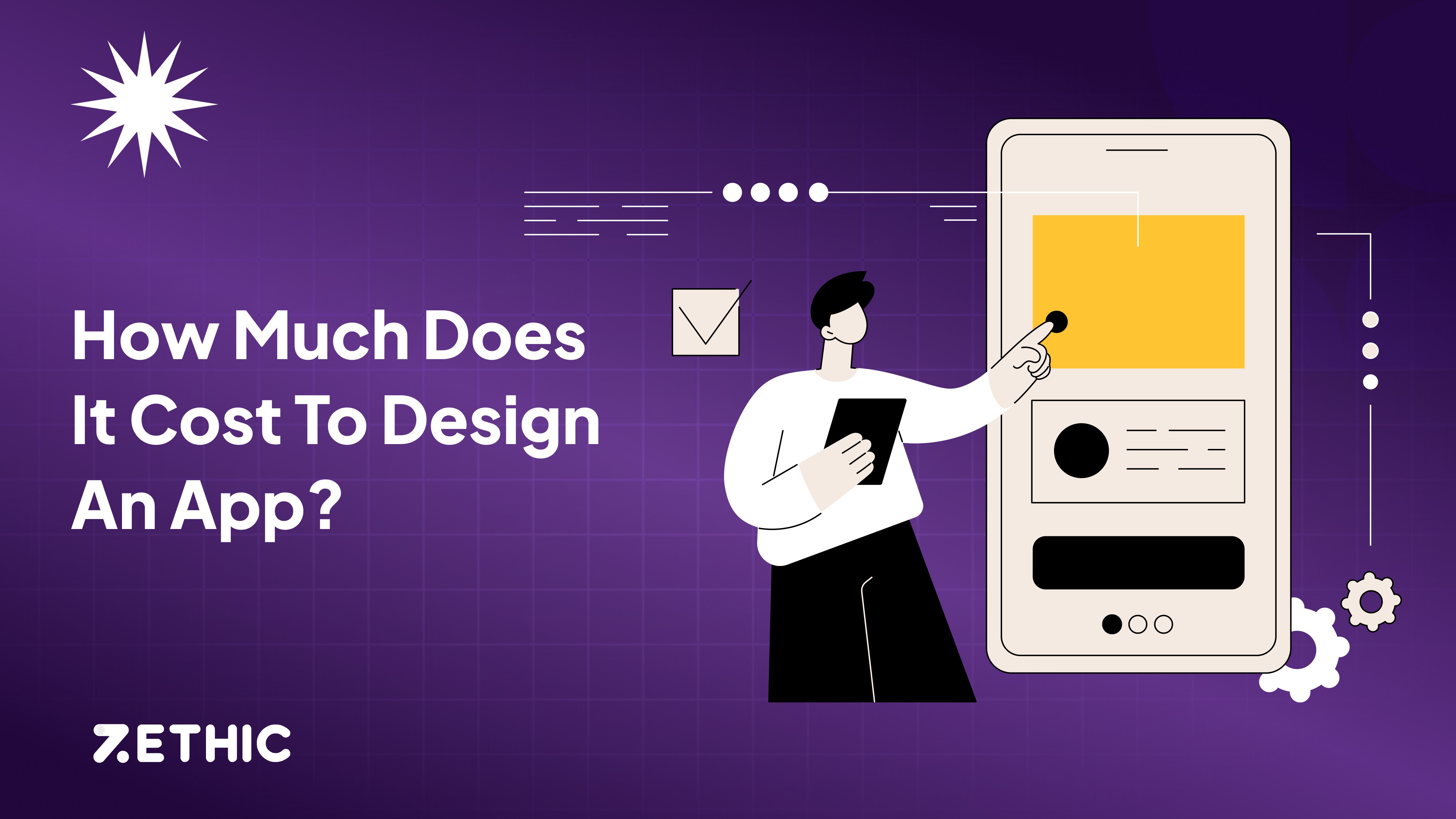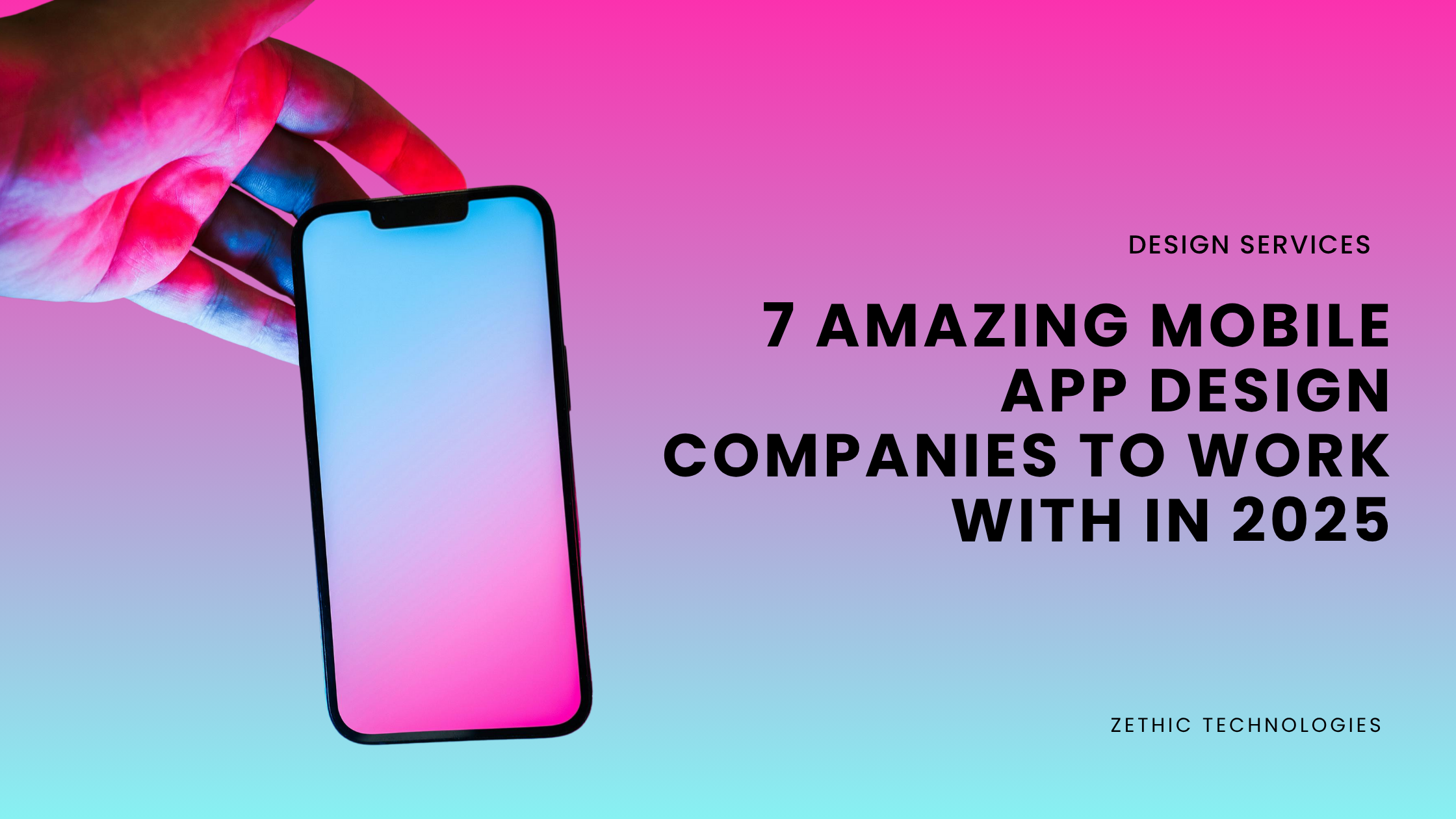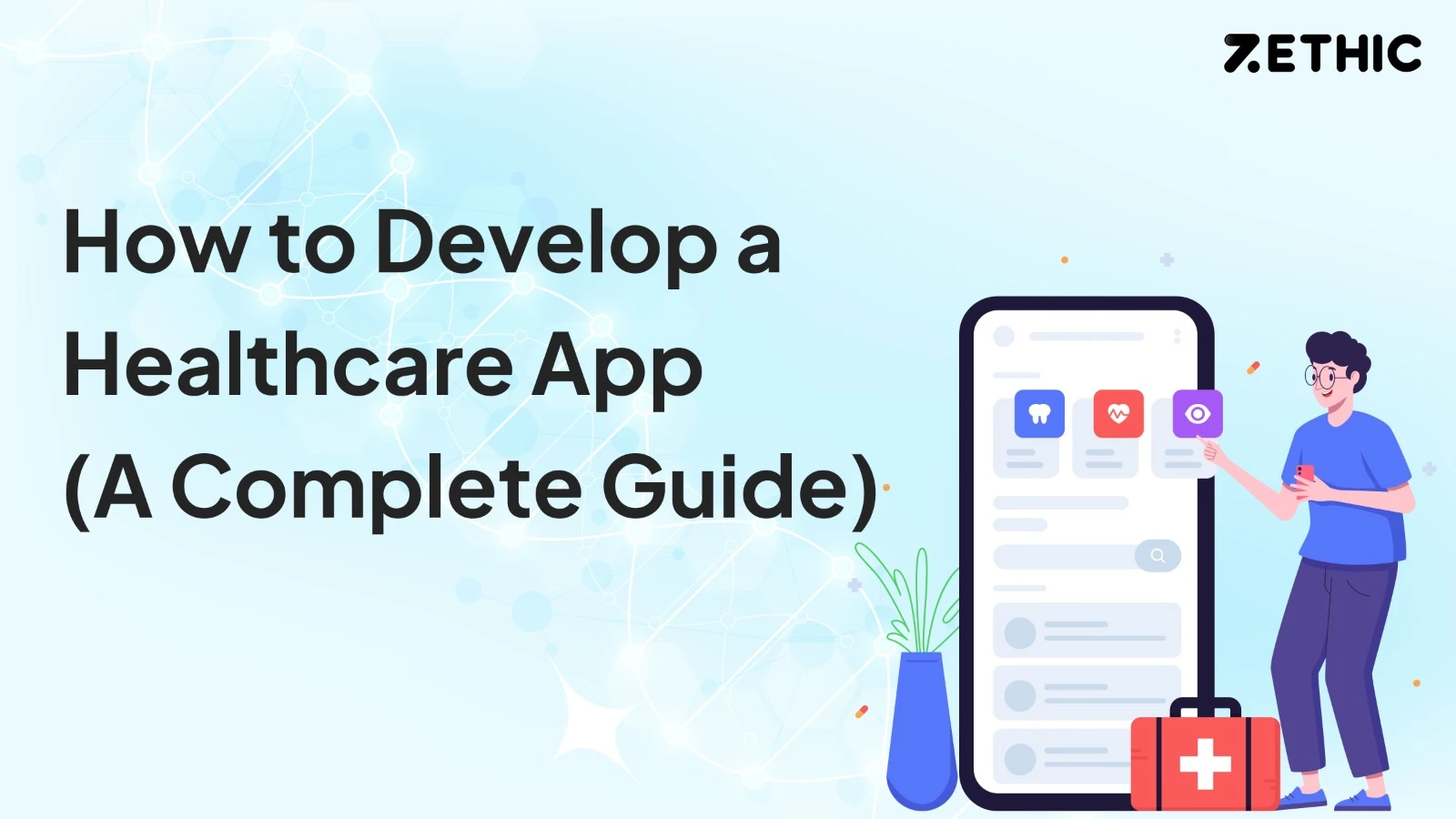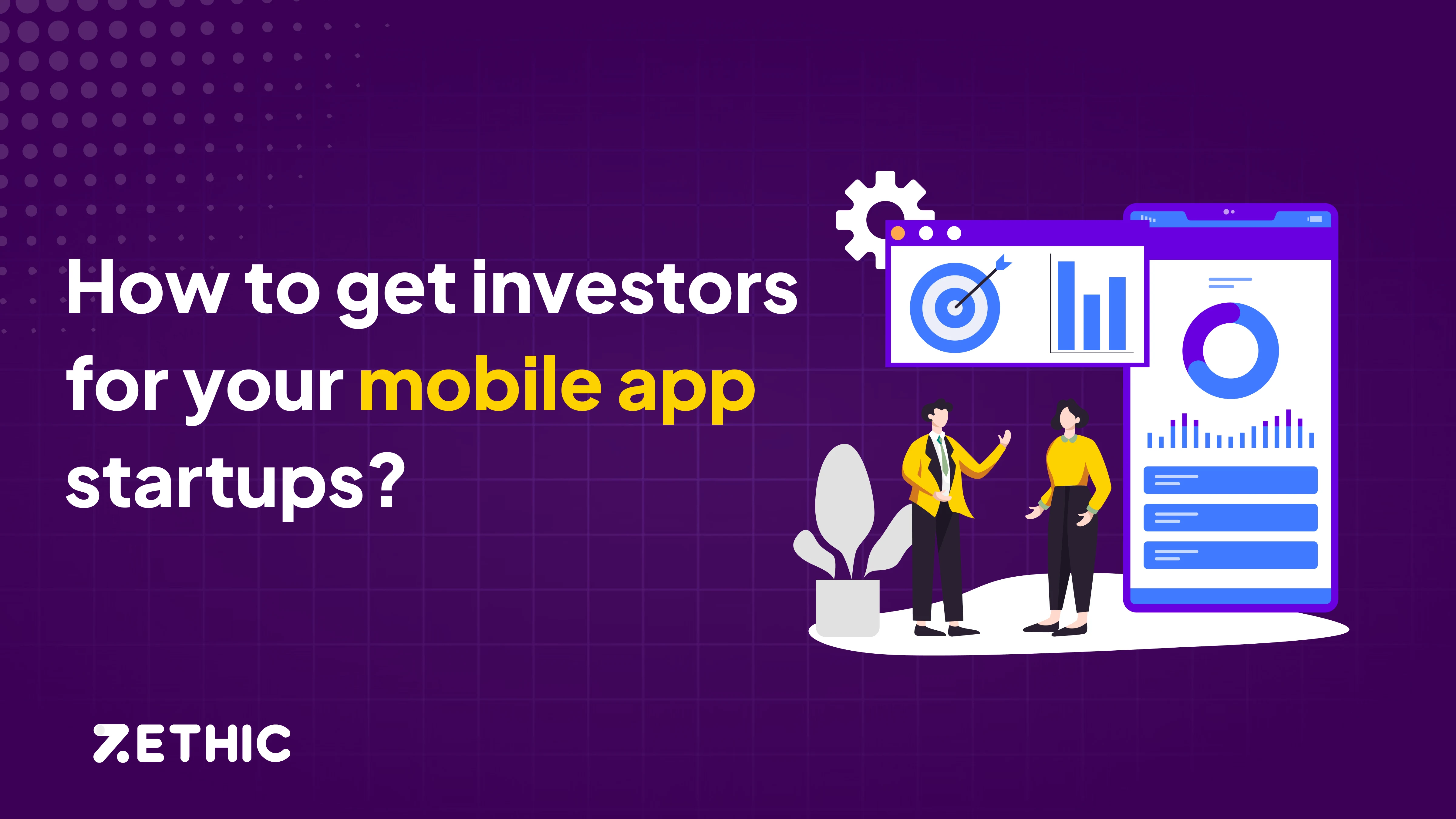Mobile apps have become integral to our daily lives, revolutionizing how we interact with technology and providing convenient solutions for various tasks. With the increasing reliance on mobile apps, businesses need to understand the significance of mobile app design cost in today’s digital landscape. In this blog, we will explore how much does it cost to design an app and the importance of mobile app design cost and delve into the various factors that influence these mobile app design cost. We will also discuss cost-efficiency strategies in mobile app design cost and highlight why India has become a leading destination for mobile app design services.
Mobile apps have gained immense popularity recently, with billions worldwide relying on them for various tasks. According to a report by Statista, the number of mobile app downloads worldwide is projected to reach 257 billion in 2023, indicating their increasing significance. The widespread use of mobile apps can be attributed to their convenience, accessibility, and ability to streamline various tasks.
Table of Contents
Mobile App Design Cost Breakdown
Before diving into the mobile app design cost factors, it is important to understand the various stages of the mobile app design process. Mobile app design encompasses several stages, including initial research and ideation, wireframing, prototyping, and the final product. Each stage plays a crucial role in successfully developing a mobile app.
Let’s take a closer look at each stage:
- Initial Research and Ideation: This stage involves gathering information, conducting market research, and identifying the target audience and their needs. It also includes brainstorming ideas and conceptualizing the app’s features and functionality.
- Wireframing: Wireframing visually represents the app’s layout, structure, and user interface. It allows stakeholders to visualize the app’s flow and layout without the distraction of colours, fonts, or detailed graphics.
- Prototyping: Prototyping involves creating an interactive and more detailed version of the app’s interface. It allows designers and developers to test the app’s functionality, user experience, and usability before moving forward with the final product.
- Development: The development stage involves coding the app’s features and functionality based on the wireframes and prototype. It includes front-end and back-end development, integration of APIs, and database setup.
- Testing and Quality Assurance: This stage involves thorough testing of the app’s functionality, usability, and performance. Quality assurance ensures that the app meets the desired standards and has no bugs or glitches.
- Deployment: Deployment involves making the app available to users through app stores and ensuring its compatibility with various devices and operating systems.
- Maintenance and Updates: Once the app is launched, regular maintenance and updates are required to fix bugs, enhance performance, and add new features based on user feedback.
It is important to note that the complexity and scale of each stage can vary depending on the app’s requirements and the desired user experience.
Factors That Affect Mobile App Design Cost
Several factors influence the mobile app design cost. It is crucial to consider these factors during the planning and budgeting phase to ensure a realistic estimation of mobile app design cost.
Let’s discuss the key factors that affect mobile app design cost:
- Complexity of Features: Apps with advanced features like augmented reality or real-time sync are costlier than simpler apps.
- Platform Requirements: Designing for both iOS and Android increases costs compared to a single platform.
- Geographical Location: Agencies in higher-cost regions (e.g., North America) charge more than those in lower-cost areas (e.g., India).
- Design Expertise: Highly skilled designers may charge more but ensure higher quality.
- Customizations: Unique designs and branding elements are more expensive than using templates.
- User Interface and User Experience: Creating a seamless and intuitive user interface and user experience (UI/UX) is crucial for the success of any app. Designing an app with a user-friendly and visually appealing interface often requires more design iterations, testing, and refinement, which can increase the mobile app UI UX design cost.
- Development Tools: Advanced tools can raise costs but improve design quality.
- App Category: Competitive or complex app categories may require higher design investment.
- Timeframe: Tight deadlines can lead to increased costs due to expedited work.
It is important to remember that these factors are interconnected, and changes in one factor may have a ripple effect on others and consequently impact the overall mobile app design cost.
How Much Does It Cost To Design An App?
The mobile app design cost varies based on several factors, including complexity, features, and the design team’s expertise. On average, mobile app design cost can range from $5,000 to $50,000 or more. Simple apps with basic functionality are on the lower end, while complex apps with advanced features and custom graphics can be significantly more expensive. For an accurate estimate, it’s best to consult with a design agency and discuss your specific requirements.
| App Type | Features | Cost Range |
| Basic App Design C | Limited features, straightforward functionality | $5,000 – $10,000 |
| Medium Complexity App | User authentication, social media integration, simple data synchronization | $15,000 – $20,000 |
| High Complexity App | Real-time synchronization, augmented reality, intricate UI/UX design | Over $20,000 |
How Much Does It Cost to Redesign An App?
Depending on the changes needed, redesigning an app typically costs between $3,000 and $15,000+. Mobile app design cost are influenced by factors such as the app’s current state, desired improvements, and the scope of the redesign. Minor updates and UI/UX enhancements will be less expensive, while a comprehensive overhaul with new features and extensive usability improvements will be on the higher end.
For a precise quote, contact our leading mobile app design agency to evaluate your app and requirements.
| App Type | Features | Cost Range |
| Basic App Redesign Cost | Minor updates, simple UI/UX tweaks, limited changes to functionality | $3,000 – $8,000 |
| Medium Complexity App Redesign Cost | UI/UX enhancements, moderate functionality changes, improved user experience | $8,000 – $15,000 |
| High Complexity App Redesign Cost | Major overhauls, extensive feature updates, complete UI/UX redesign | Over $15,000 |

It is important to remember that these factors are interconnected, and changes in one factor may have a ripple effect on others and consequently impact the overall mobile app design cost.
Cost-Efficiency Strategies for Mobile App Design Cost
Optimizing mobile app design cost without compromising quality is crucial to successful app development. Here are some cost-efficiency strategies to consider:
- Leverage UI Kits and Pre-Designed Templates: Utilizing pre-designed UI kits and templates can significantly reduce mobile app design cost by providing a starting point for the design process. These kits and templates offer pre-designed elements and components that can be customized to fit the app’s branding and requirements. By leveraging UI kits, designers can save time and effort, resulting in overall cost savings.
- Streamline the Design Process: Streamlining the design process involves effective communication, collaboration, and project management. Clear communication between the design team and other stakeholders can minimize iterations and avoid rework, saving time and cost. Adopting project management tools and methodologies, such as Agile or Scrum, can also improve efficiency and productivity, leading to cost savings.
- Prioritize Essential Features: Prioritizing essential features over nice-to-have or non-essential features can help manage costs effectively. By focusing on the app’s core functionality, design efforts can be directed towards creating a seamless user experience for the most critical features. This approach allows for a more efficient use of resources and can help deliver a high-quality app within budget constraints.
- Maximize Return on Investment (ROI): Maximizing ROI involves identifying the features and design elements most likely to drive user engagement, retention, and conversion. By prioritizing design efforts on these features, designers can ensure that the app delivers value to users while managing costs effectively. Regular analysis of user feedback and data can help identify areas for improvement and optimize the design for better ROI.
- Minimize Unnecessary Expenses: Careful cost management involves minimizing unnecessary expenses throughout the design process. This can include avoiding excessive design iterations, optimizing design assets for performance and size, and utilizing cost-effective design tools and resources. By focusing on cost-efficiency, design teams can deliver high-quality designs while staying within budget constraints.
Balancing cost savings with the app’s design goals and objectives is crucial for determining an accurate mobile app development cost and ensuring successful app creation.
Why India is a Leading Destination for Mobile App Design
India has emerged as a leading destination for mobile app design services, offering several advantages to businesses seeking cost-effective solutions without compromising quality or efficiency. Let’s explore why India is the best choice for mobile app design:
- Skilled Workforce: India has a highly skilled and diverse workforce with mobile app design and development expertise. Indian design professionals have gained recognition globally for their technical proficiency, creativity, and ability to deliver high-quality designs.
- Competitive Pricing: Unlike design agencies in Western countries, Indian design agencies offer significantly lower rates while maintaining high-quality standards. The lower cost of living in India allows design agencies to provide cost-effective solutions without compromising on the quality of work.
- Robust Infrastructure: India boasts a robust technological infrastructure that ensures seamless communication, collaboration, and project management between clients and design teams. This infrastructure enables smooth coordination and efficient design processes.
- English Proficiency: English proficiency among Indian design professionals is widespread, making communication smooth and efficient. Clear communication is crucial for successful app design, and the language barrier is not a concern when outsourcing design to India.
- Time Zone Advantage: India’s time zone advantage allows for better collaboration and communication with businesses in Western countries. Overlapping working hours facilitates real-time communication and faster response times, ensuring a smooth design process.
By outsourcing app design to India, businesses can leverage these advantages and realize significant cost savings without compromising on the quality and efficiency of the design process. Collaborating with a reputable Company like Zethic can ensure a seamless experience and a high-quality end product.

Conclusion
Understanding mobile app design cost is crucial for successful app development. By knowing the factors that influence mobile app design cost and implementing cost-efficiency strategies, businesses can manage budgets effectively and achieve high-quality results.India is a top destination for mobile app design services, offering a skilled workforce, competitive pricing, and robust technological infrastructure.
Outsourcing to India, especially to a reputable agency like Zethic, can result in significant cost savings without sacrificing quality.
We located in Bangalore, India, offer cost-effective, high-quality mobile app design services. Our experienced designers and developers are dedicated to delivering exceptional designs and a seamless experience. Explore outsourcing your app design needs to us and maximize your ROI.
Ready to create an outstanding mobile app? Partner with Zethic for expert design services. Contact us today for a consultation and learn how we can help you achieve your app development goals while optimizing costs.
Optimize your mobile app design cost with Zethic and take the first step towards a superior mobile app experience. Reach out to us now!




